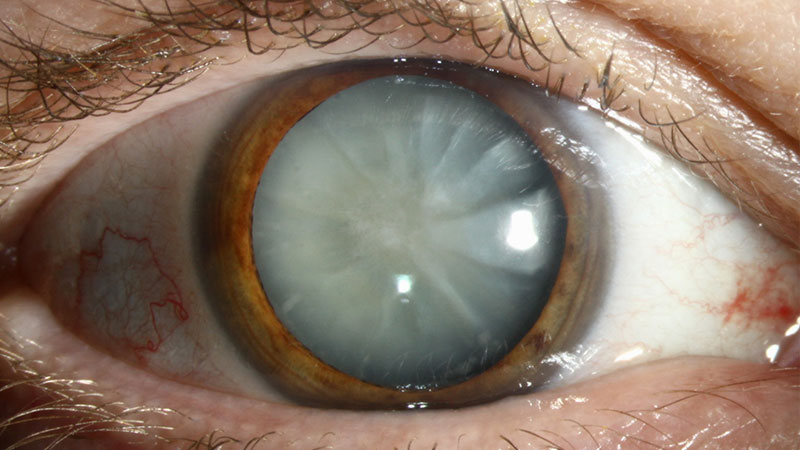
We all know that smoking poses numerous health risks, but did you know it can also significantly impact your eyes? In this blog post, we will uncover the detrimental effects of smoking on eye health. From an increased risk of cataracts and macular degeneration to dry eyes, smoking can have a profound impact on the well-being of your eyes. However, there is good news – quitting smoking can help mitigate these risks and improve your overall eye health. Let's explore the relationship between smoking and eye health and discover strategies for smoking cessation.

The Detrimental Effects of Smoking on Eye Health
Cataracts: Cataracts refer to the clouding of the eye's natural lens, leading to blurred vision and eventual vision loss. While cataracts are a normal aging process, smoking has been shown to increase the rate of progression of visually significant cataracts. As cataracts get more dense, they start to affect the vision. They will eventually impact the vision and become so dense that glasses and contacts won’t improve the clarity. At this point, surgery will be needed. Smokers are at a higher risk of developing cataracts compared to non-smokers. The harmful chemicals present in tobacco smoke contribute to oxidative stress and damage the proteins in the lens, accelerating cataract formation.
Macular Degeneration: Smoking increases the risk of age-related macular degeneration (AMD), which is a leading cause of blindness among older adults in the United States. AMD affects the macula, the central part of the retina responsible for sharp, detailed vision. Smoking can damage the blood vessels in the retina, leading to a higher risk of developing AMD and its associated vision loss.
Dry Eyes: Smoking can exacerbate dry eye syndrome, a condition characterized by insufficient tear production or poor tear quality. The chemicals in cigarette smoke can irritate the eyes, leading to dryness, redness, and discomfort. Dry eyes can significantly impact your visual comfort and overall eye health.
The good news is that quitting smoking can significantly improve your eye health and reduce the risks associated with smoking-related eye conditions. Here are some benefits of quitting smoking:
Reduced Risk of Eye Diseases: By quitting smoking, you lower your risk of developing cataracts, macular degeneration, and other smoking-related eye conditions. It allows your eyes to heal and reduces the oxidative stress on the ocular tissues.
Improved Dry Eye Symptoms: Quitting smoking can help alleviate dry eye symptoms by reducing eye irritation and inflammation. Your tear production and quality may improve, leading to greater comfort and clarity of vision.

Quitting smoking may be challenging, but it is undoubtedly a worthwhile endeavor for your overall health, including your eye health. Here are some strategies to help you quit smoking:
Seek Support: Consider reaching out to healthcare professionals, support groups, or smoking cessation programs that can provide guidance, resources, and encouragement throughout your quitting journey.
Nicotine Replacement Therapy: Explore nicotine replacement therapy options, such as nicotine patches, gums, or lozenges. These can help reduce withdrawal symptoms and cravings associated with quitting smoking.
Lifestyle Changes: Engage in healthy lifestyle habits like regular exercise, stress management techniques, and a balanced diet. These changes can help divert your attention away from smoking and promote overall well-being.
Protecting your eye health is a critical aspect of maintaining clear vision and quality of life, after all, you only get two!. Smoking poses significant risks to eye health, including increased chances of cataracts, macular degeneration, and dry eyes. By quitting smoking, you take a proactive step toward improving your eye health and reducing the associated risks. Remember, seeking support, adopting healthy habits, and staying committed to a smoke-free life can make a remarkable difference. Your eyes deserve the best care, and quitting smoking is a powerful way to safeguard their well-being.






